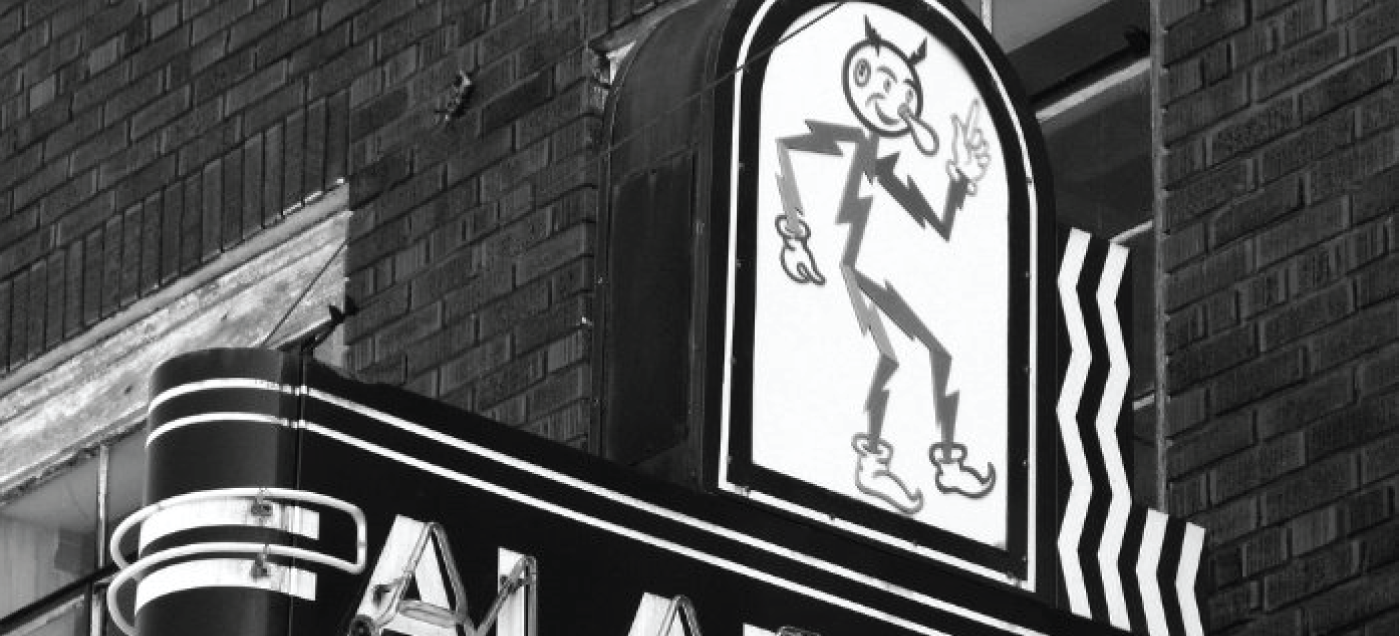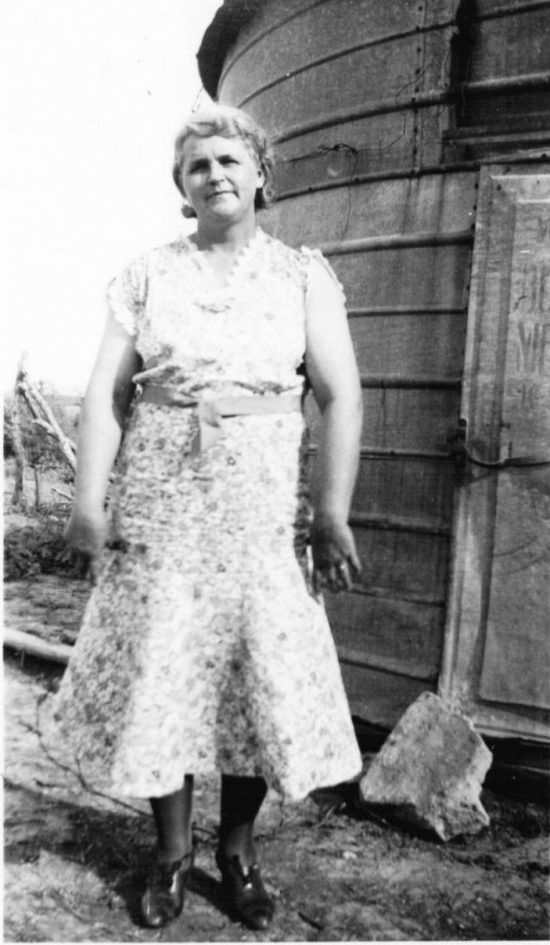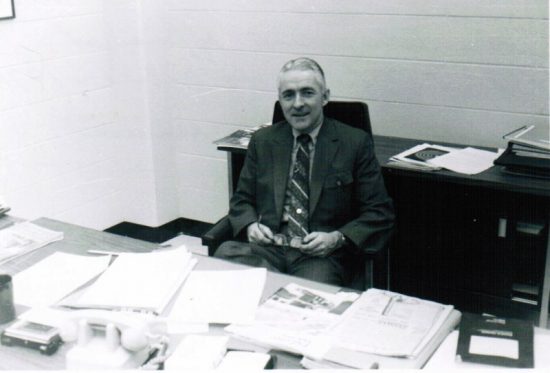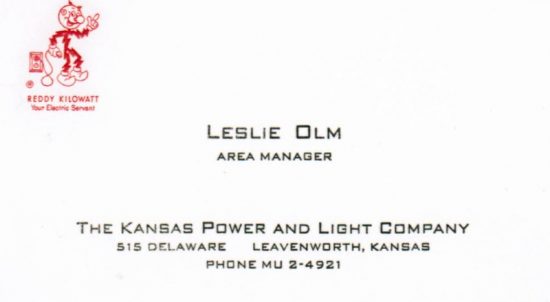
09 Dec Electricity Engagement // The Rise of Electricity Customers and Reddy Kilowatt
Our ETS Advisory Committee recently voted on the hottest topics to cover at Zpryme’s ETS17 event in March. What topic rose to the top? The coolest new technology? The latest app? An amazing algorithm? Nope. Even with all the technology advancements out there, old-fashioned customer engagement sits at the top.
As we look to what’s next for utilities in this critical area, we think that it’s also important to look back. I’d like to understand how far we’ve come in building the utility-customer relationship and, in the spirit of ETS17’s Design for Energy theme, explore the roles that art and design have played in engaging customers. What can we learn from it today? Three ideas I’ve toyed with exploring include:
- The Rise of Electricity Customers and Reddy Kilowatt
- Convincing People to Go All-Electric
- Learning to Love the Peaceful Atom
This article focuses on the first topic in this list through some inspiration I found in my family’s history—the roots of the utility-customer relationship as demonstrated through my grandma’s sans-electricity childhood, and a colorful character I found on one of my grandfather’s Kansas Power and Light business cards: Reddy Kilowatt, who helped convince consumers of the power of electricity. I’ll cover the All-Electric and Peaceful Atom angles in later articles.
Life without electricity
By the mid-1920s electricity reached virtually all major North American communities, but rural areas remained underserved. In the mid-1930s, nine out of 10 rural homes were without electric service.
My Grandma Chloe—or G Chloe for short—lived in one of those homes. She grew up on a farm seven miles outside of Lebo, Kansas—a speck of a town about 90 miles southwest of Kansas City. From 1931 to 1944, she—along with her parents, and at least two sisters and three half-brothers—had no electricity nor running water.
She had also no telephone, however, it was available. Her stubborn dad, John Funk, didn’t believe in the need for his own telephone line and borrowed the line from his sister down the road, Amanthus. G Chloe’s family did have a radio, which they powered from their car battery. Other than that, they used kerosene lamps at night, walked 30 minutes to bring home potable water and my great-grandmother, Maddie Funk, cooked over a wood-burning stove.

Maddie Funk on the farm.
It was like Little House on the Prairie, but set nearly halfway into the 20th century. G Chloe lived there until about 1944 when her half-brothers went off to fight in WWII. My great-grandfather moved the rest of the family into the city. They got power, but John Funk was still stubborn about the telephone and continued to pilfer his new neighbors’ lines.
Amanthus remained on the farm outside Lebo, and got power around 1946. During the four years after World War II, the number of rural consumers connected to electricity more than tripled. By 1953 more than 90 percent of U.S. farms had electricity.
Electricity Advocates: Reddy Kilowatt and My Grandpa
During a visit with G Chloe in October, I not only learned about her introduction to electricity, but also sought to learn more about my Grandpa Les. Leslie Virgil Olm, Jr., will forever be remembered by us grandkids as the wise-cracking guy who tried to convince us that it was elves kicking us in the pants from behind. He also had a real job beyond teasing kids, but all I ever knew was that it involved utilities. Being where I am now, I wish I could have talked to him about his career before he passed away. But, fortunately, he left clues for me.

Les Olm at his Kansas Board of Public Utilities desk in 1971.
G Chloe unleashed me on a pile of yellowed newspaper articles that Les saved about his career. He went from building powerlines across rural Kansas for Constant Construction Company to founding the marketing department at the Kansas Board of Public Utilities. Among the clippings, I found a little plastic case and cracked it open. It had my grandfather’s business cards. The cards were from his time as an Area Manager for Kansas Power and Light. And in the top left corner something caught my eye, an image of Reddy Kilowatt, or your electric servant, as noted on the card.

More than a business card, Les Olm.
A slew of significant factors drove electricity investment in rural areas—from the Tennessee Valley Authority Act in 1933 to the establishment of the Rural Electric Administration 1935—but in the spirit of customer engagement, one area I wanted to focus on is the marketing efforts to reach customers and educate them about the value of electricity. G Chloe noted that she couldn’t imagine life without electricity now, but she lived a pretty happy childhood without it. She didn’t know how much electricity could improve her life. It is probably like the mobile phone for me today—I didn’t grow up with it and somehow turned into a semi-competent adult. But now that I have it, I’m hit with the occasional dark thought about what my life would be like without it.
In G Chloe’s childhood, many electric utilities were still at ground zero: getting customers onboard with an unknown concept. It meant that electricity needed to establish a relationship with potential customers. Enter Reddy Kilowatt! Many of you likely remember Reddy Kilowatt from his later years in the 60s and 70s—the goofy, prolific, lightning-limbed spokesman for electricity—but one of Reddy’s original purposes back in the 1920s was to promote electricity usage in underserved and rural areas.
Reddy Kilowatt first appeared on March 14, 1926 in The Birmingham News for an Alabama Power Company (APC) ad. The character was developed by APC’s commercial manager, Ashton B. Collins. With prices at 92-cents per kilowatt-hour in the mid-1920s (in 2016 dollars), Collins felt a way to win over new customers, including farmers and rural inhabitants, was to give this pretty much invisible new commodity a more human presence—an identity of sorts.
The idea of Reddy Kilowatt spread quickly. Under Reddy Kilowatt Service, Collins promoted the Reddy Kilowatt Program. His first licensing agreement was with the Philadelphia Electric Company in January 1934. By the late 1960s, about 300 utilities used Reddy Kilowatt. It also reached Kansas Power and Light where my grandpa worked.
Reddy Kilowatt appeared in all sorts of electricity adventures:
- A short film, Reddy Made Magic, in March 1946
- A companion comic book with the subtitle The amazing true story of electricity
- Reddy Kilowatt, a song written by jazz performer Del Porter and Oscar-nominated composer Darrell Calker
- Reddy Kilowatt Youth Clubs that incorporated educational activities for children
And following the playbook from Spaceballs (or maybe Spaceballs took the idea from Reddy Kilowatt)—merchandising! The internet is littered with Reddy Kilowatt merchandise—from oven mitts to ashtrays.
Regardless of the campyness of the merchandise, Reddy Kilowatt was art that attempted to connect with people. It was about selling the concept of electricity, and making it relatable and accessible to people.
But even as electricity is prevalent in nearly everyone’s lives in North America today, it largely remains invisible to people as we discussed in a previous article. What can be done to build that connection again? And a connection that this time is different? Reddy Kilowatt rose to prominence in a time when utilities were seeking new customers and selling more of their product. Now, it isn’t as much about increasing electricity sales as it is re-establishing the relationship between utilities and their customers as we move into a more distributed and connected grid. It is about helping people understand the complexity of electricity and how to work together to build a new energy future. Maybe we just need a little bit of art that puts a new face on energy today—and perhaps some oven mitts.
By H. Christine Richards, Zpryme Director of Research

